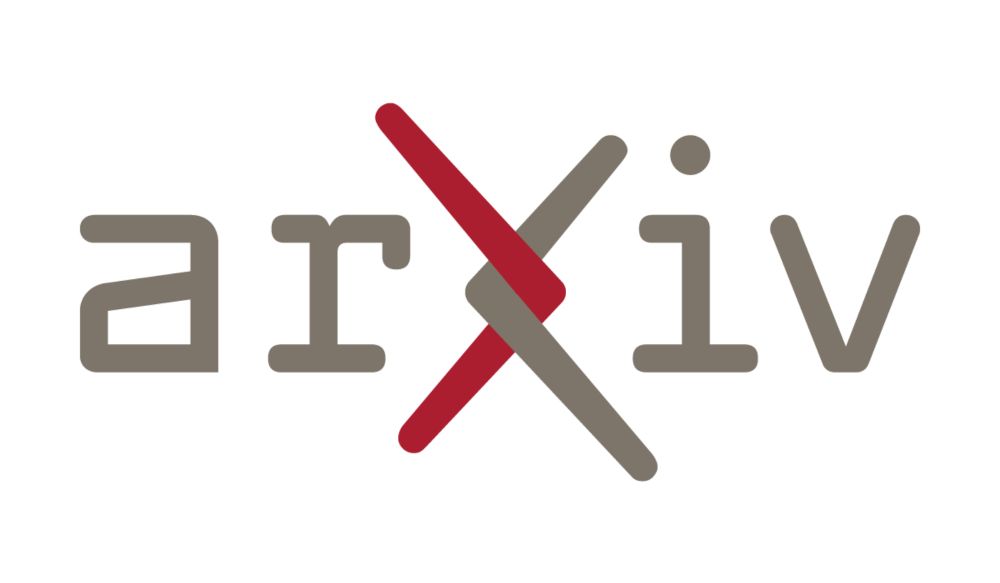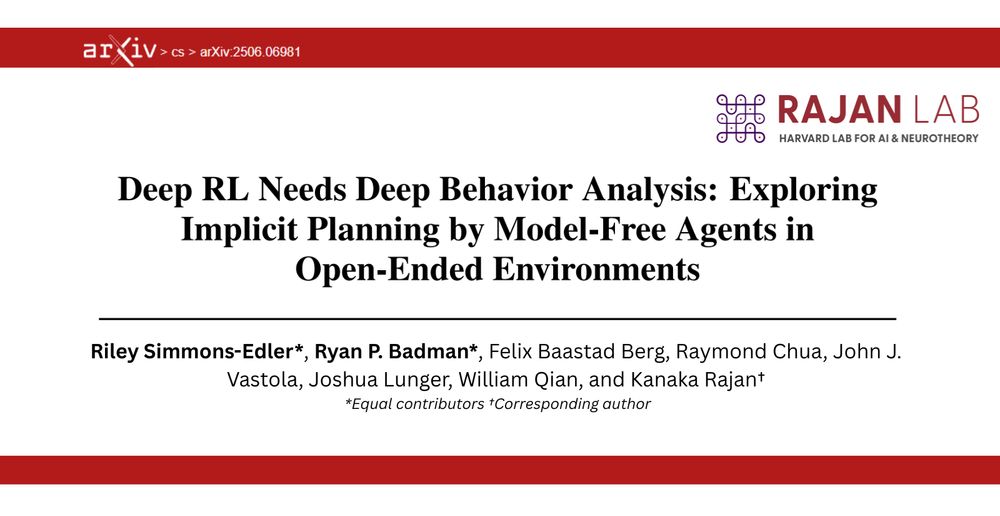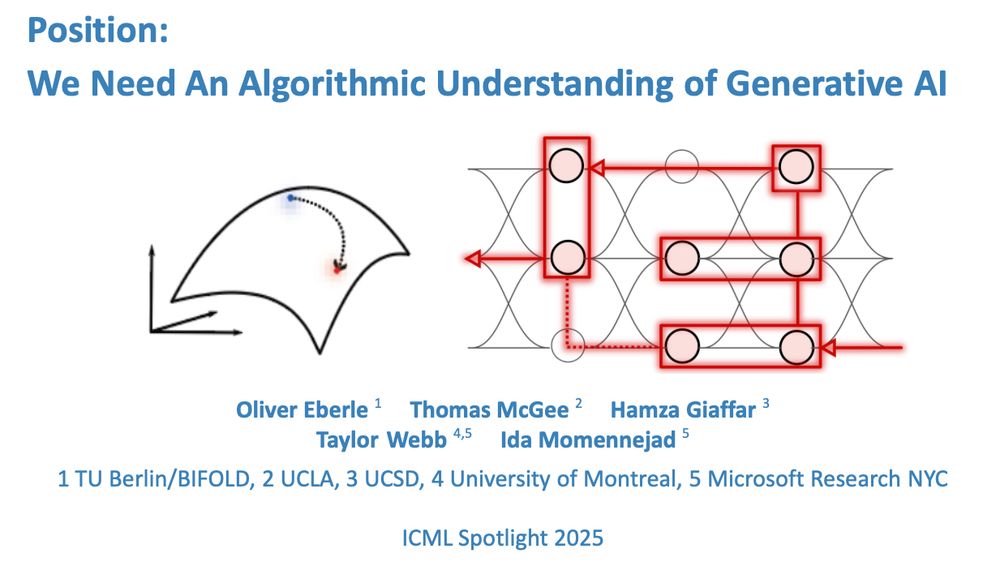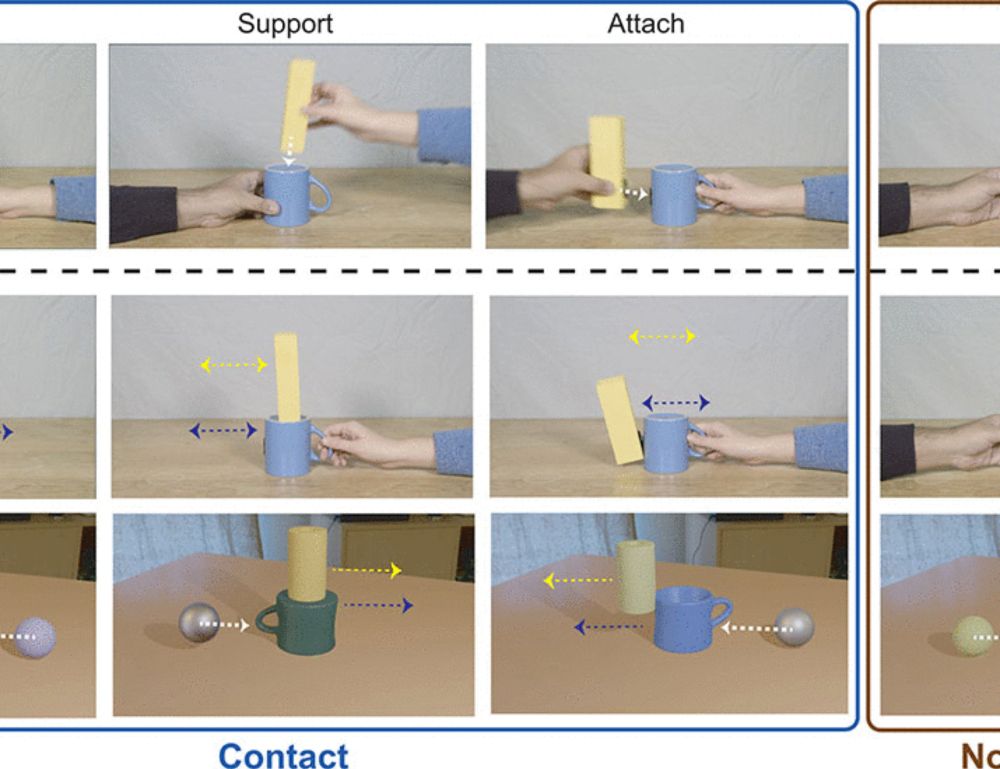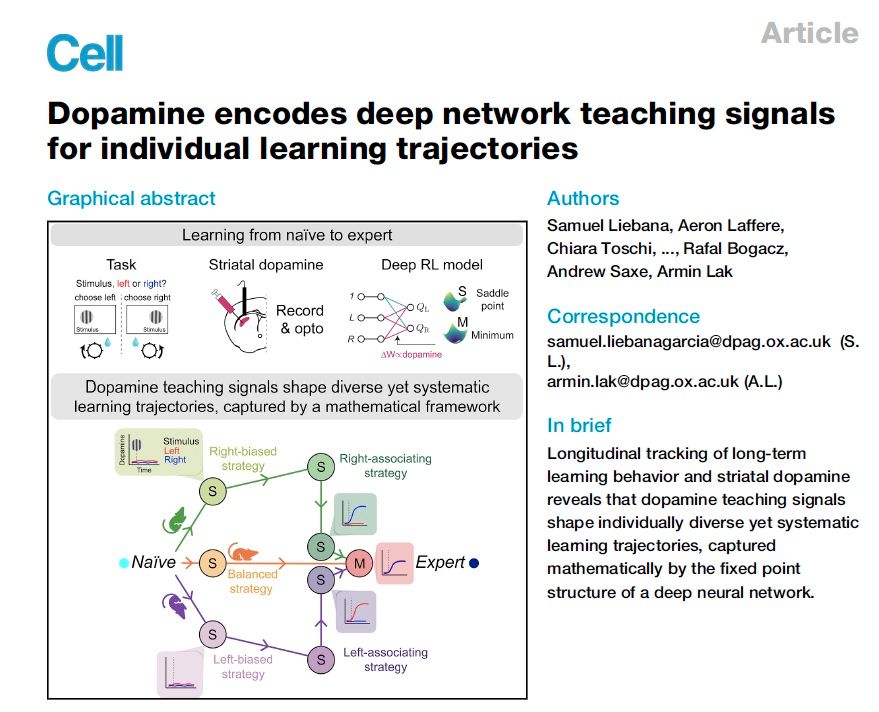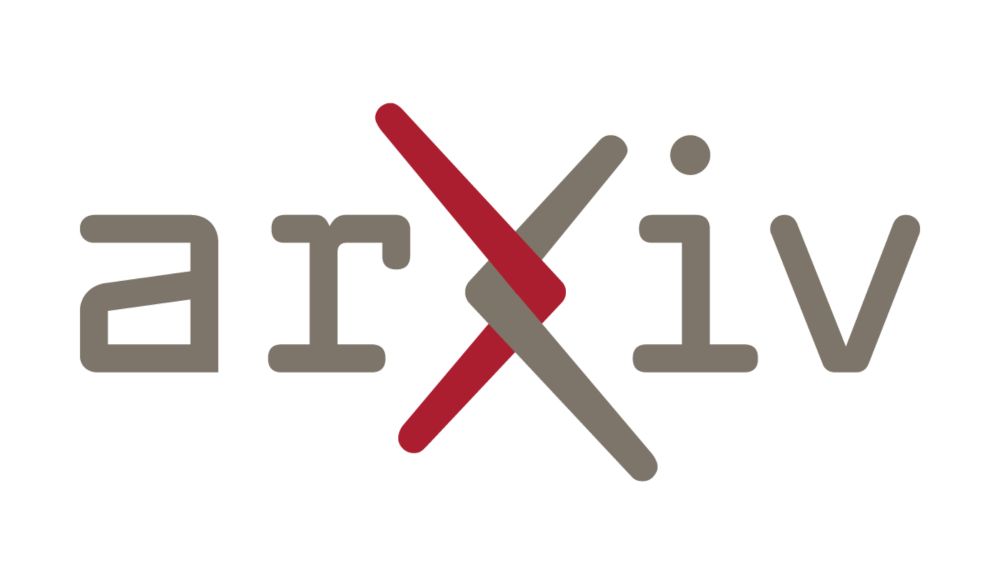Ryan P. Badman
@ryanpaulbadman1.bsky.social
85 followers
90 following
5 posts
Postdoc in Kanaka Rajan laboratory at Harvard Medical Neurobiology & Kempner Institute - Theoretical/Comp Neuro. Background includes comp neuro, social neuro, cultural psychology, biophysics.
Posts
Media
Videos
Starter Packs
Reposted by Ryan P. Badman
Reposted by Ryan P. Badman
Ching Fang
@chingfang.bsky.social
· Jun 26
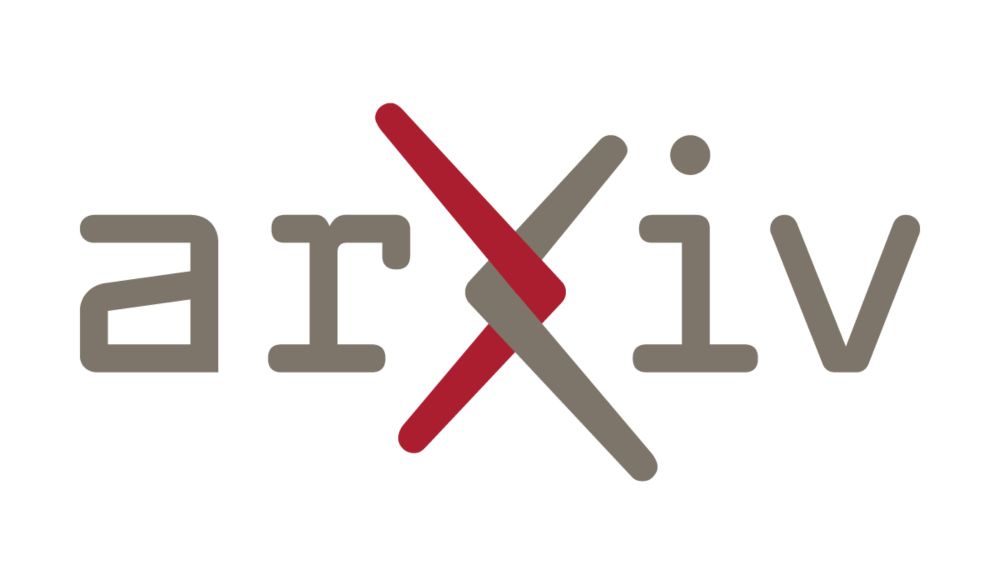
From memories to maps: Mechanisms of in context reinforcement learning in transformers
Humans and animals show remarkable learning efficiency, adapting to new environments with minimal experience. This capability is not well captured by standard reinforcement learning algorithms that re...
arxiv.org
Reposted by Ryan P. Badman
Reposted by Ryan P. Badman
Reposted by Ryan P. Badman
Reposted by Ryan P. Badman
Deb Raji
@rajiinio.bsky.social
· Jun 11
Eileen Guo
@eileenguo.bsky.social
· Jun 11
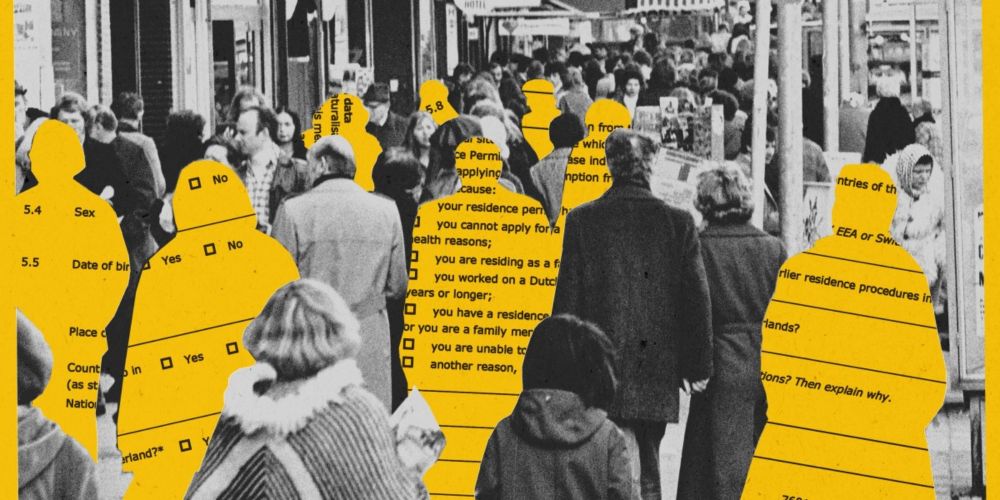
Inside Amsterdam’s high-stakes experiment to create fair welfare AI
The Dutch city thought it could break a decade-long trend of implementing discriminatory algorithms. Its failure raises the question: can these programs ever be fair?
www.technologyreview.com
Reposted by Ryan P. Badman
Reposted by Ryan P. Badman

